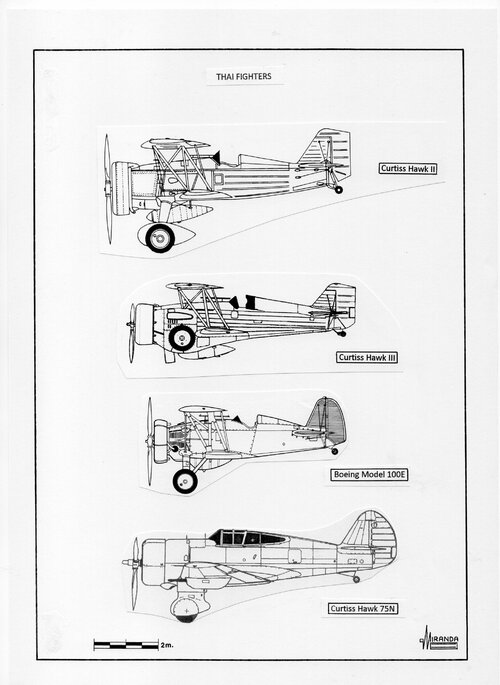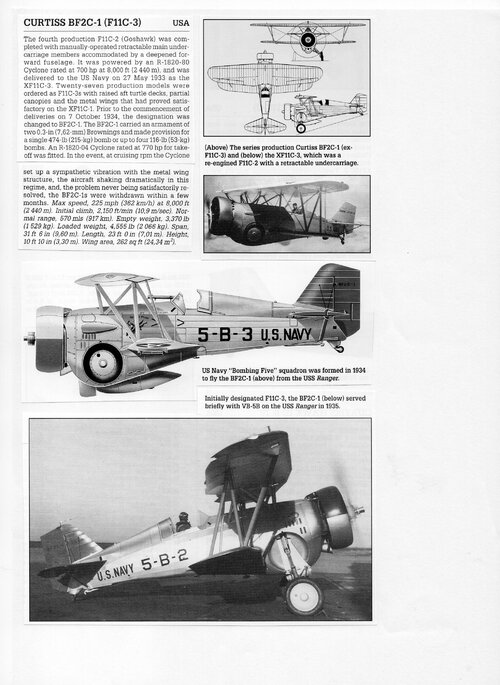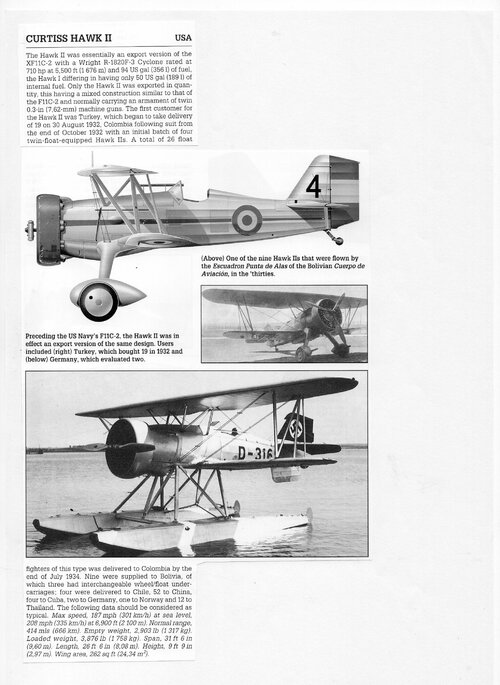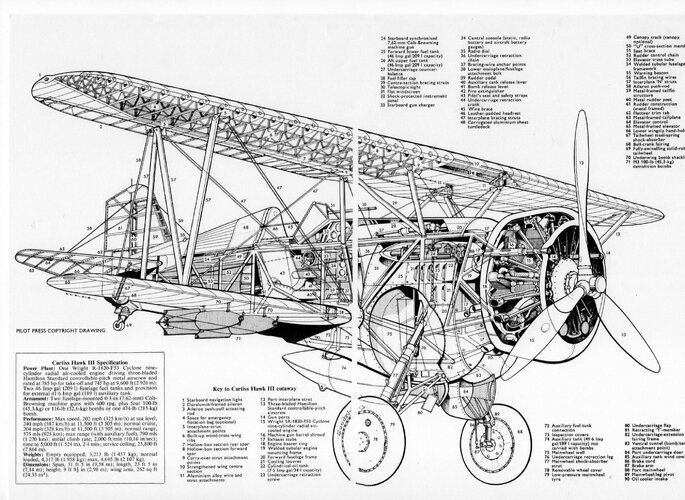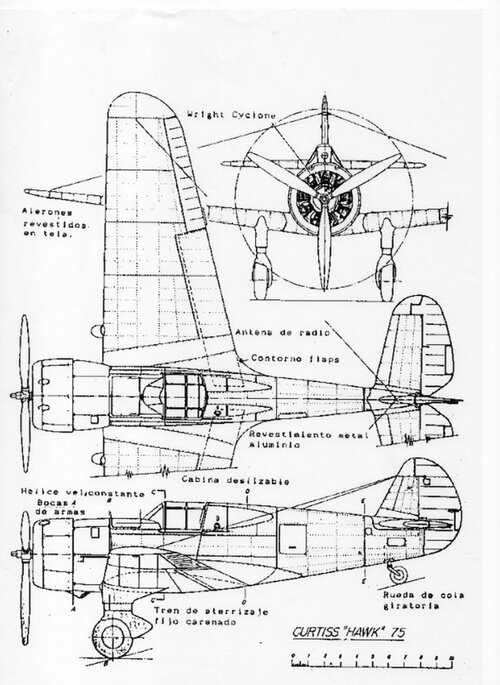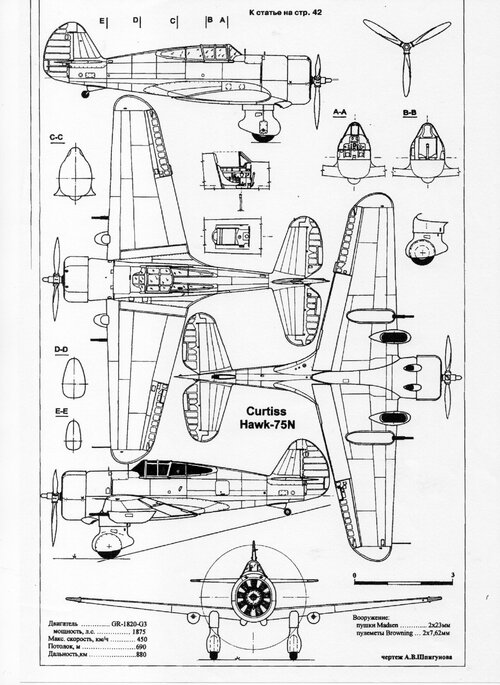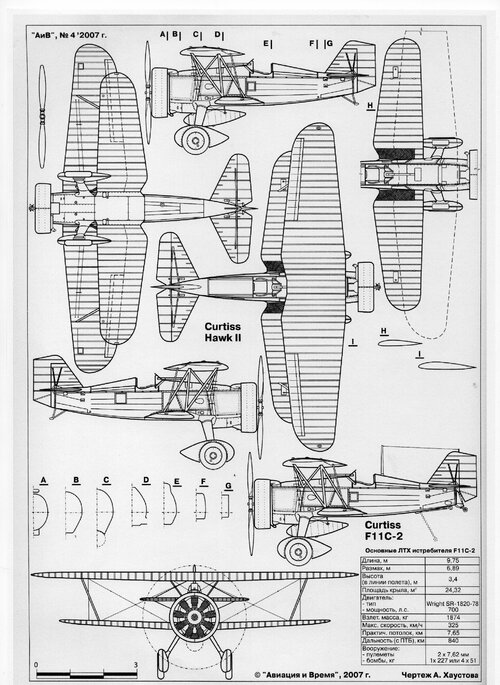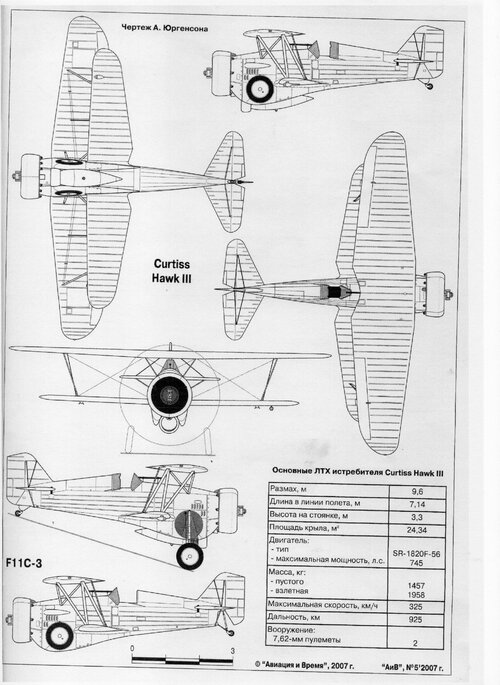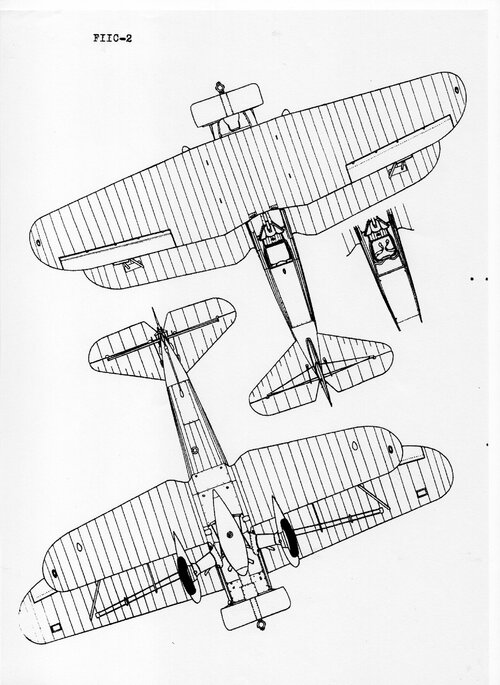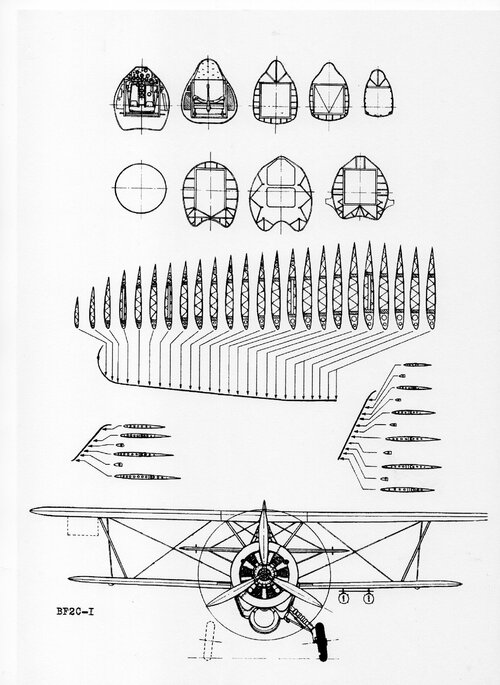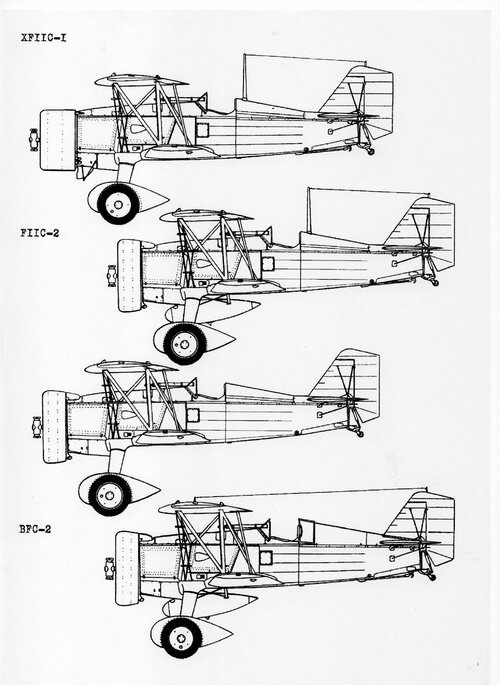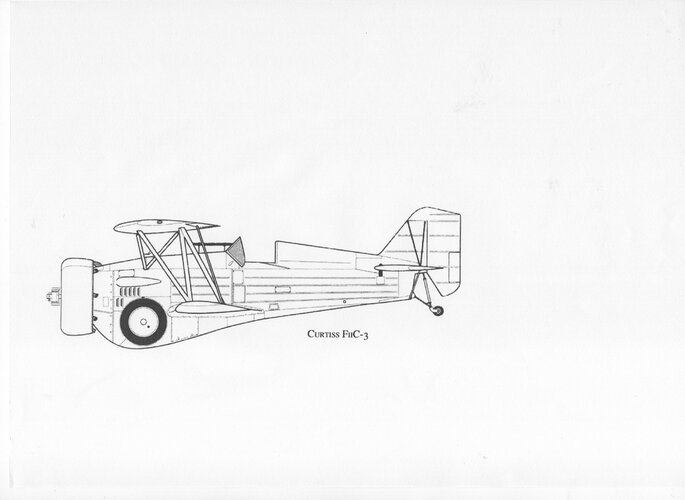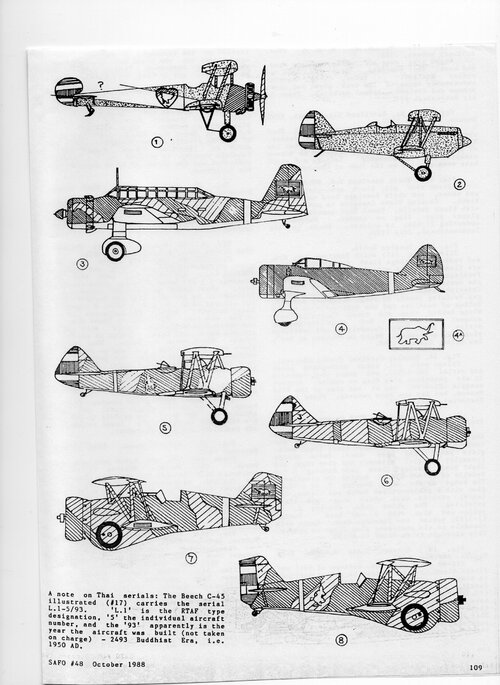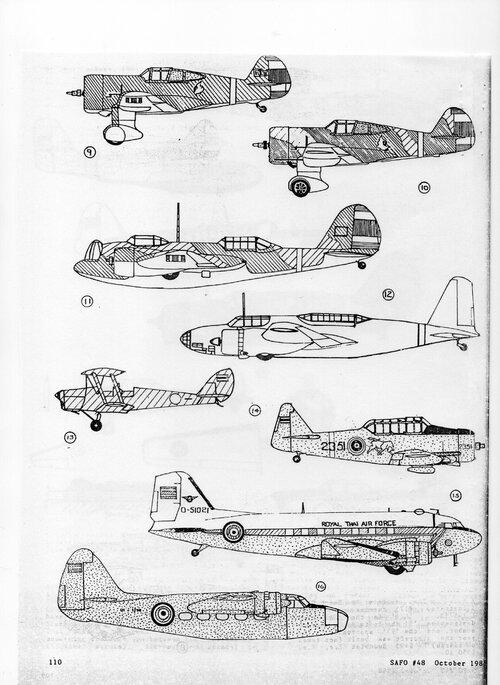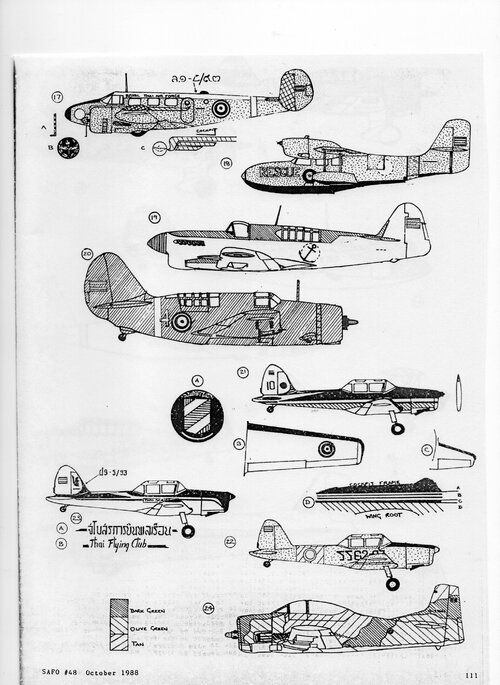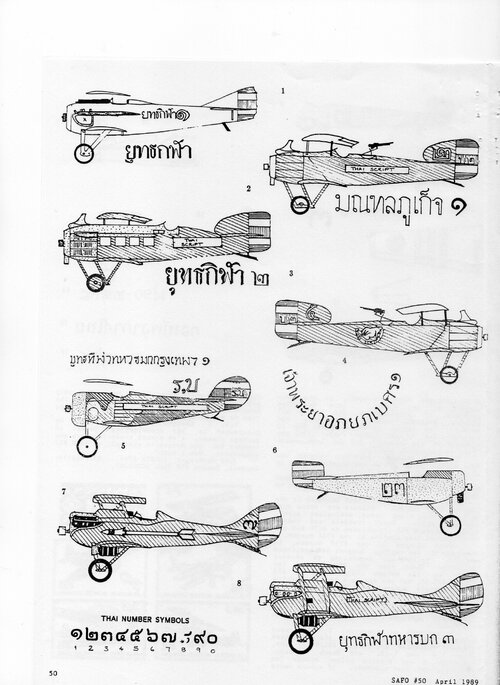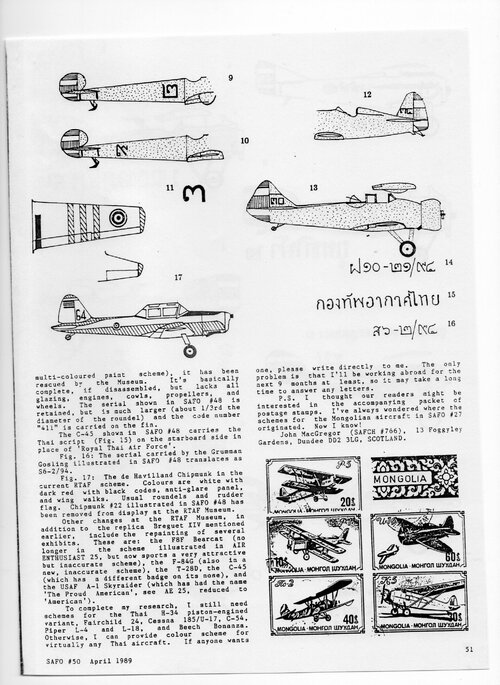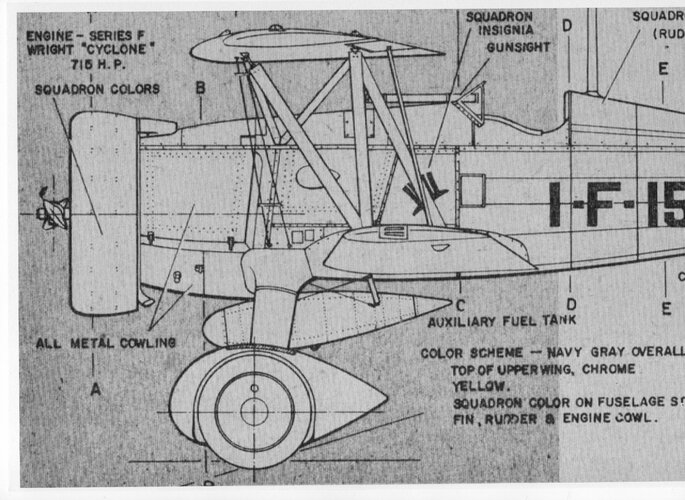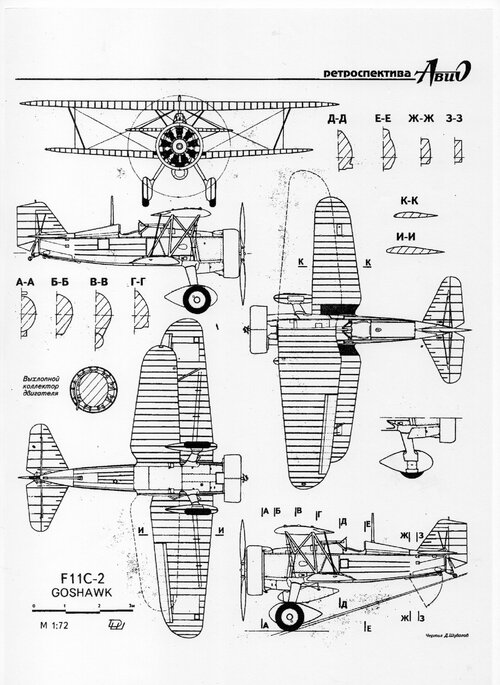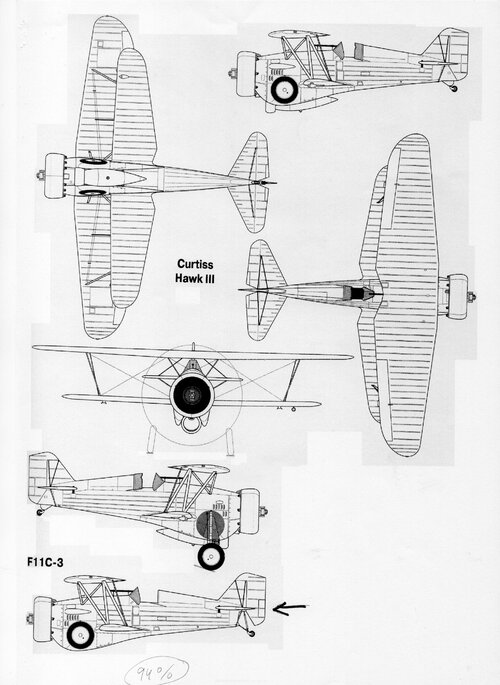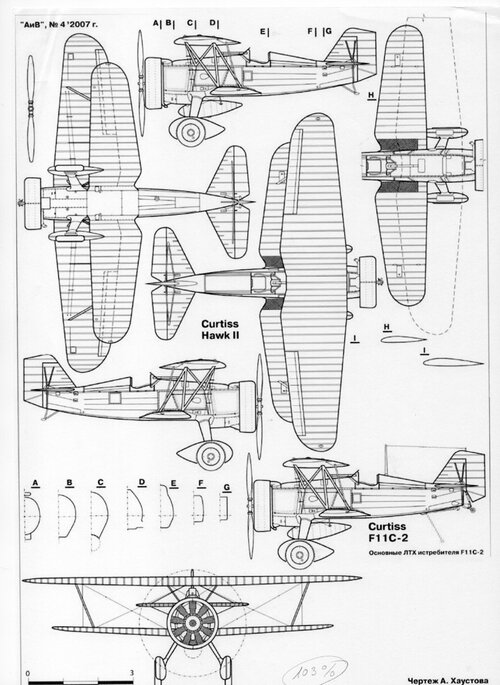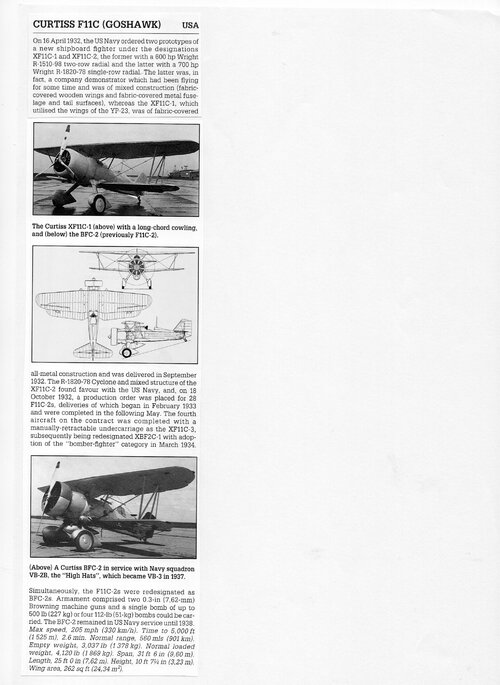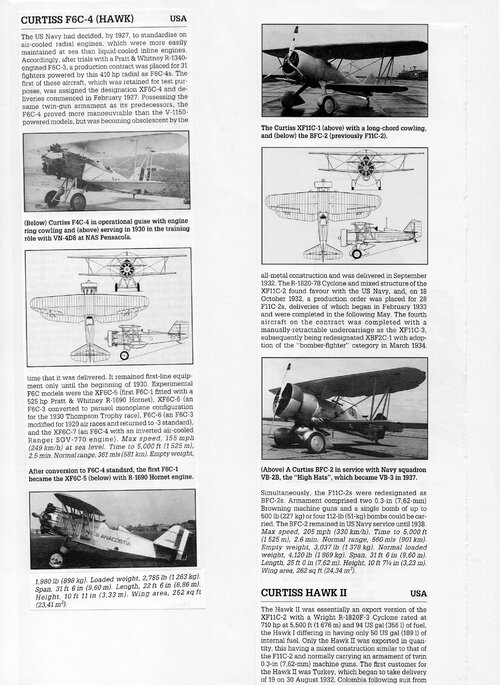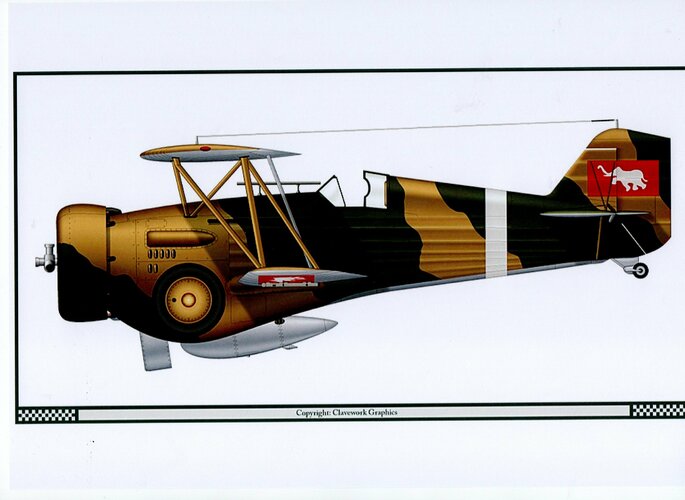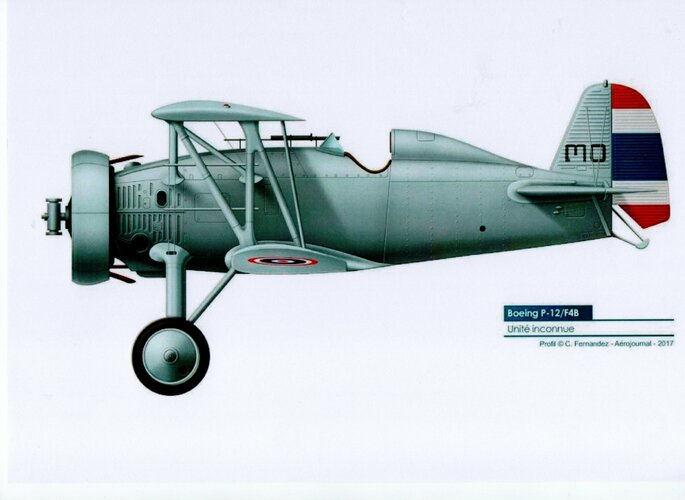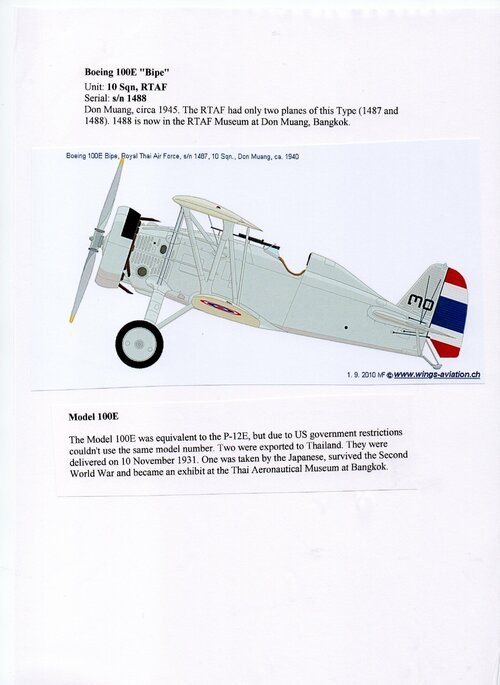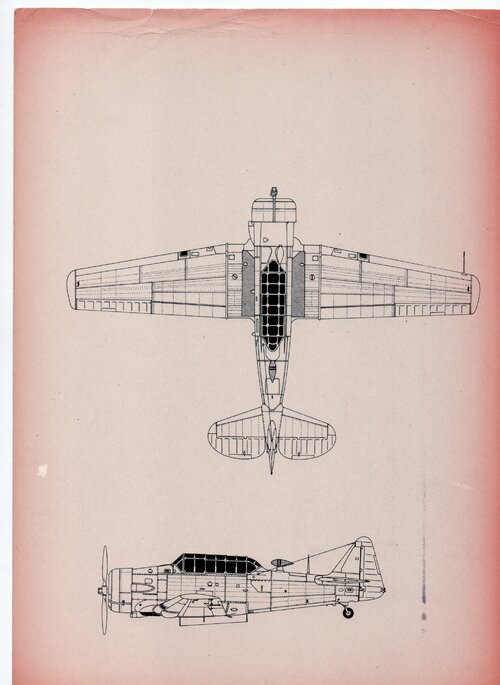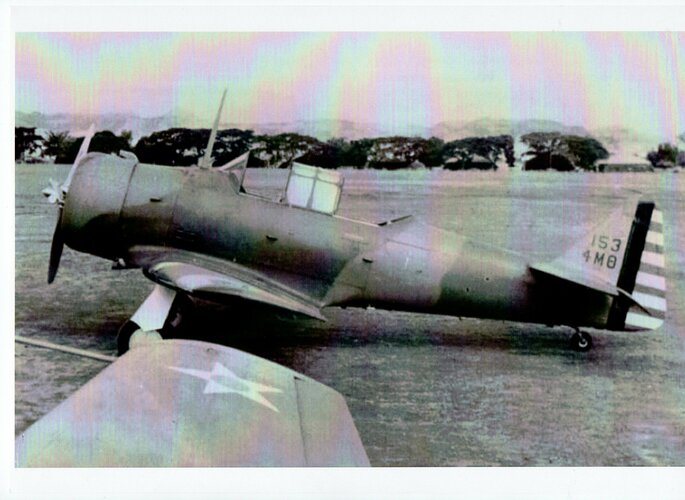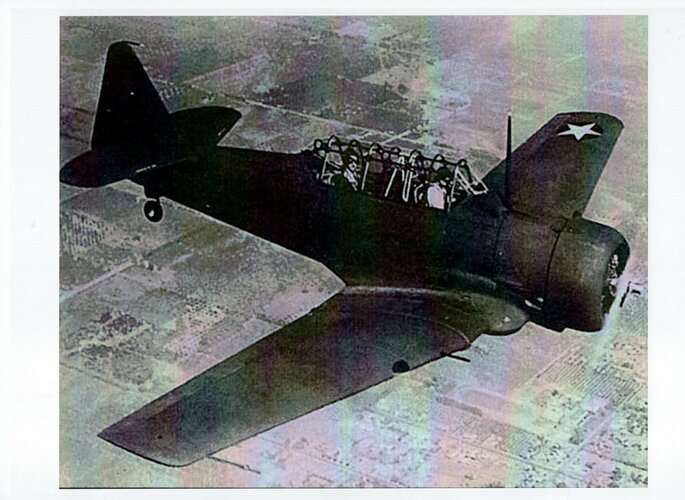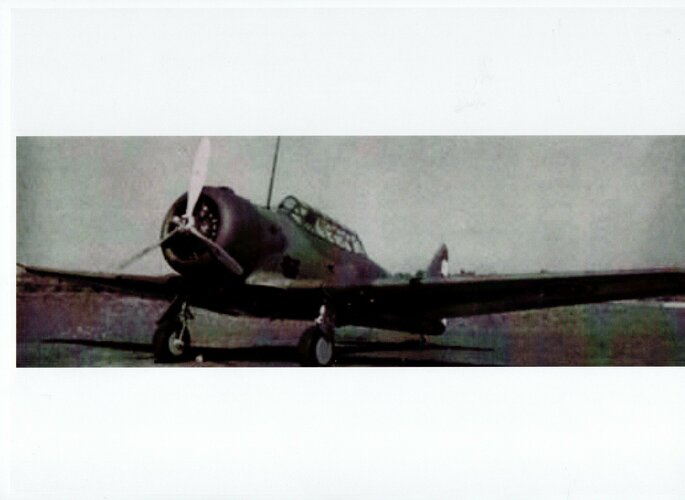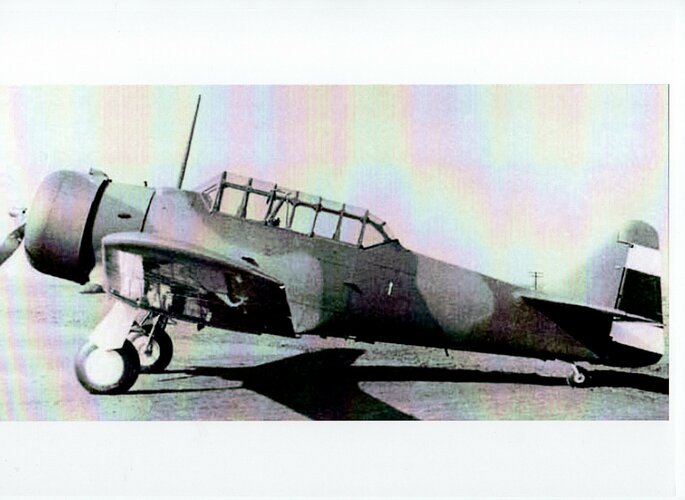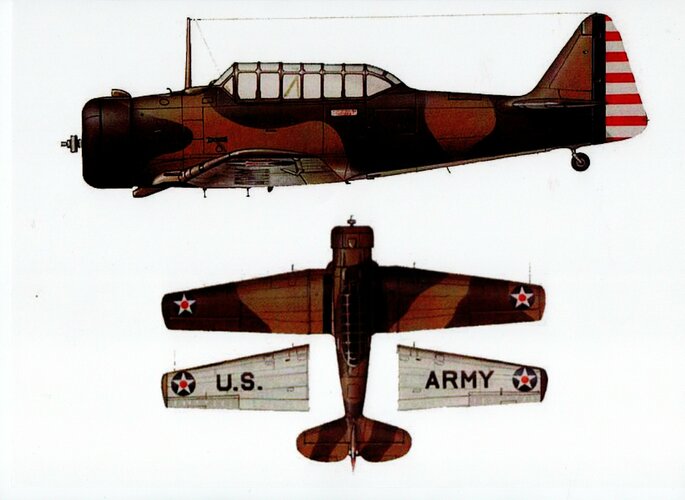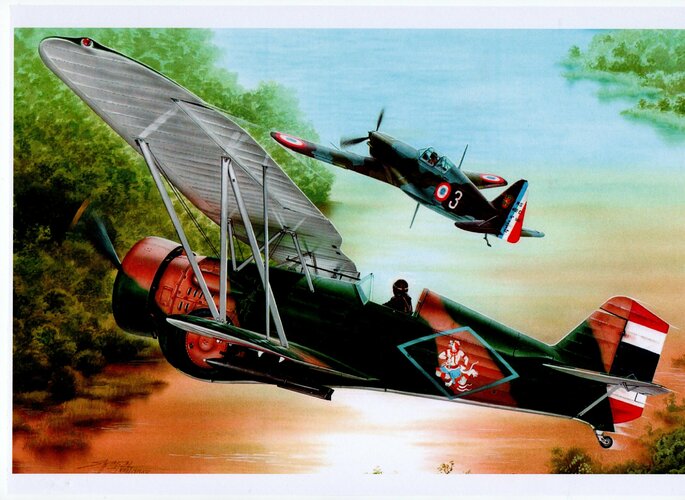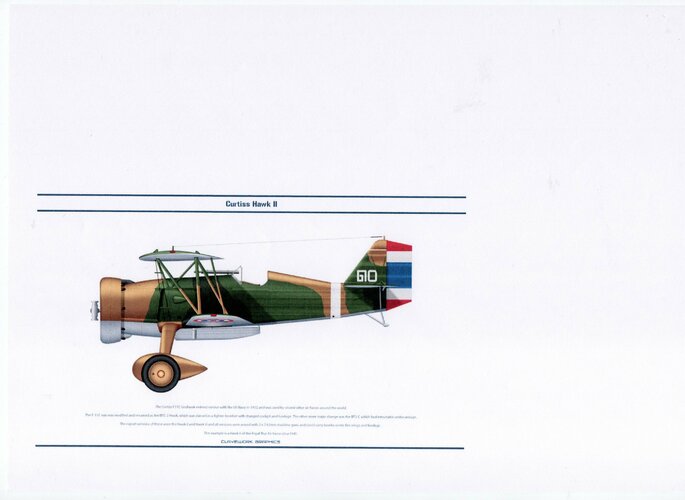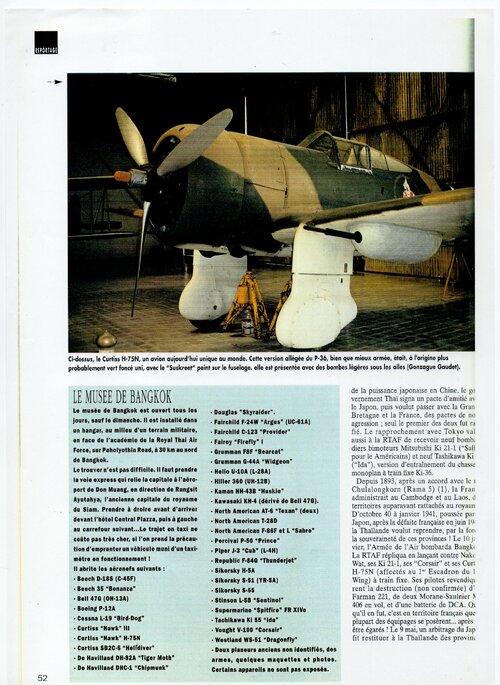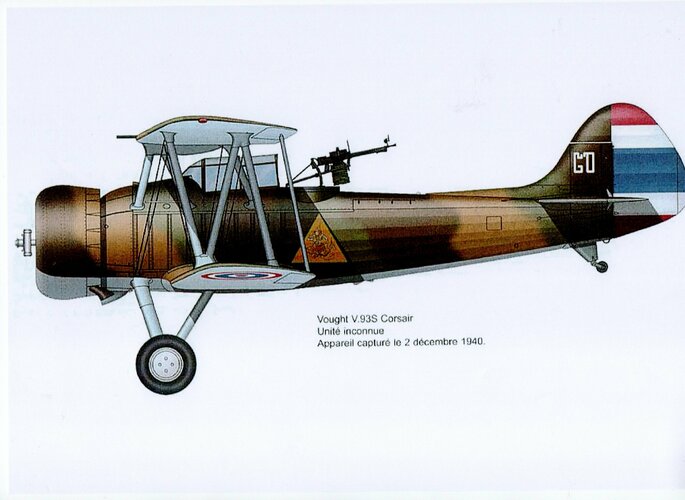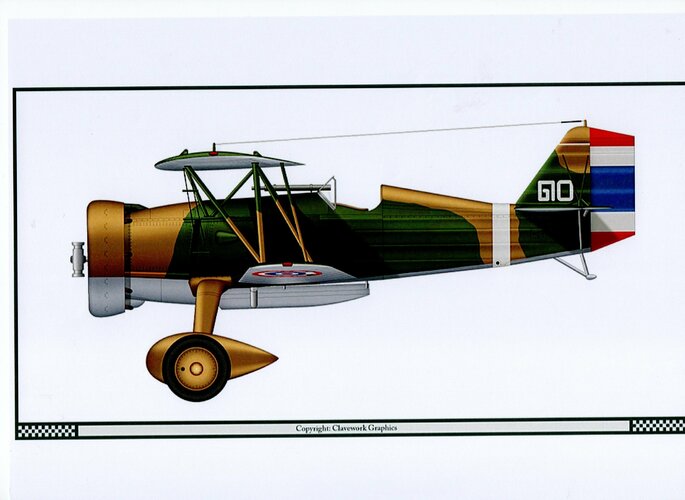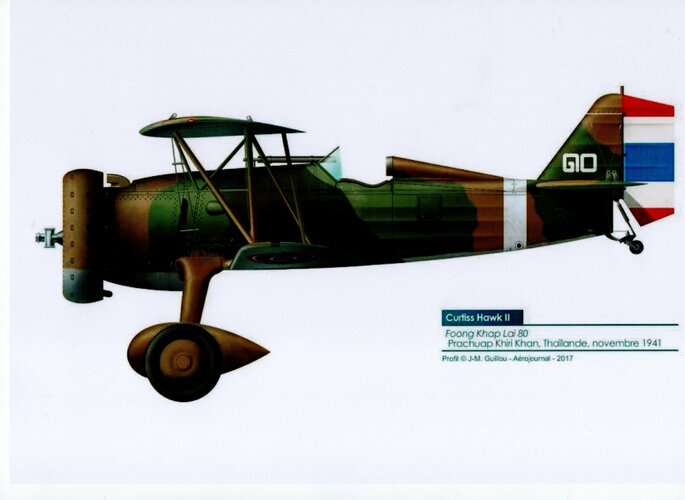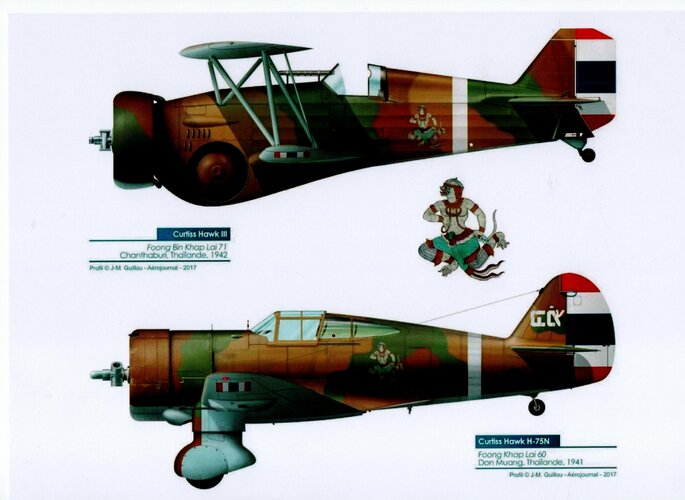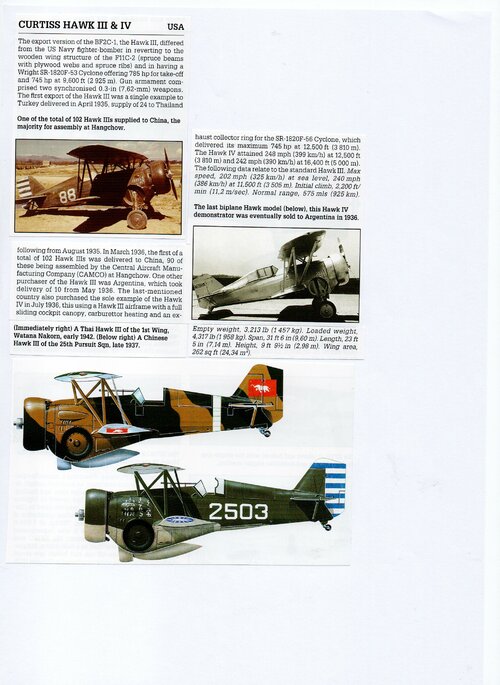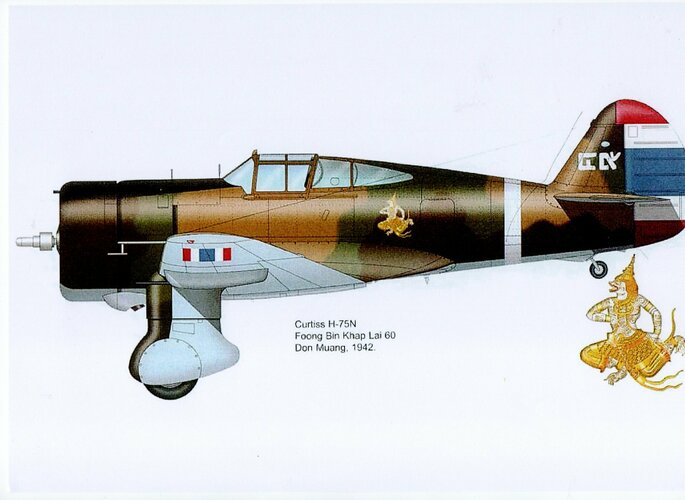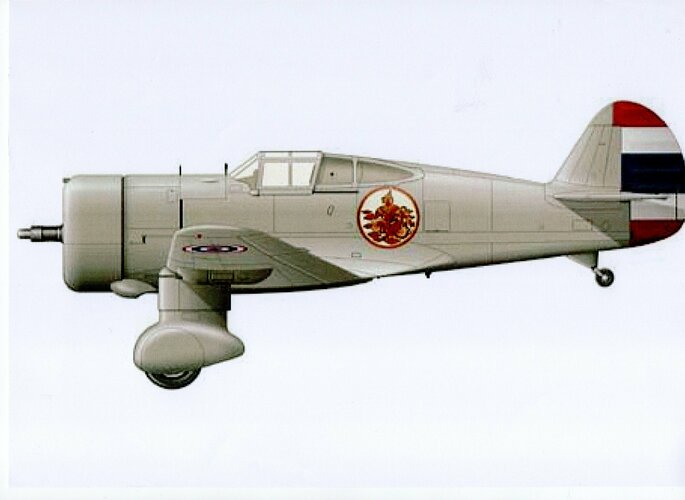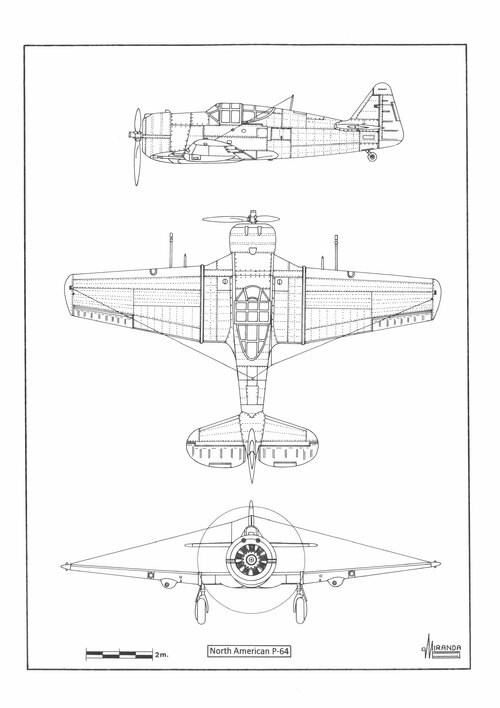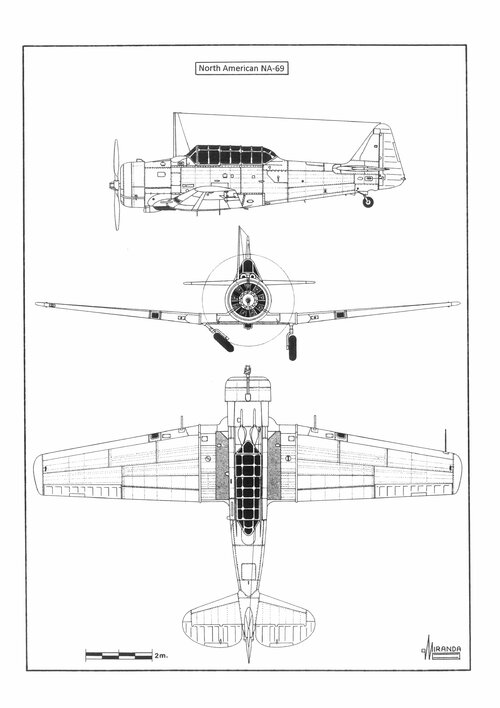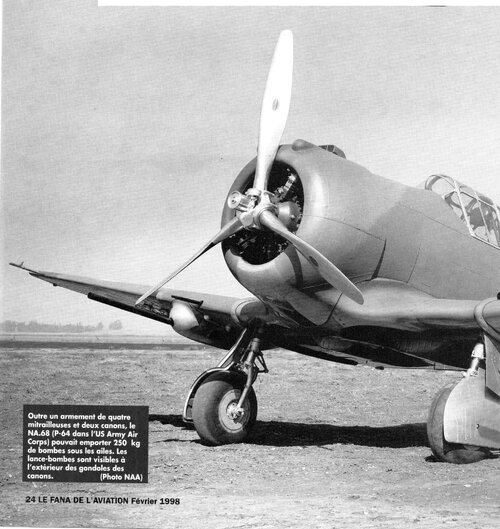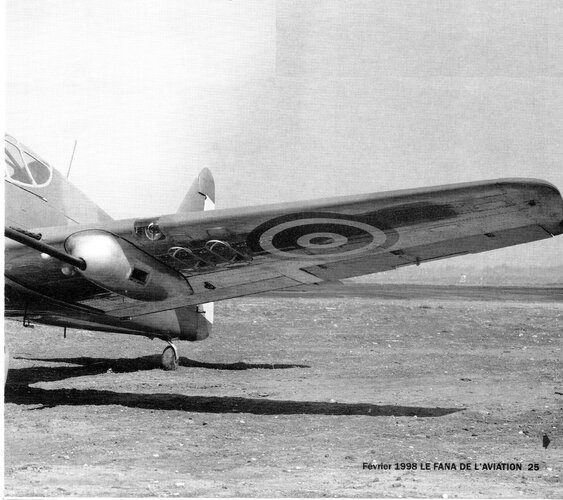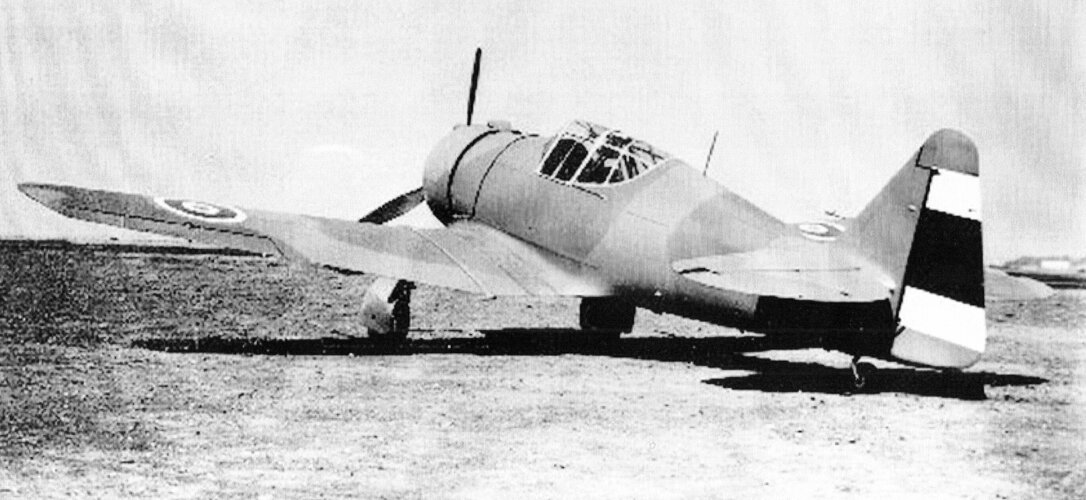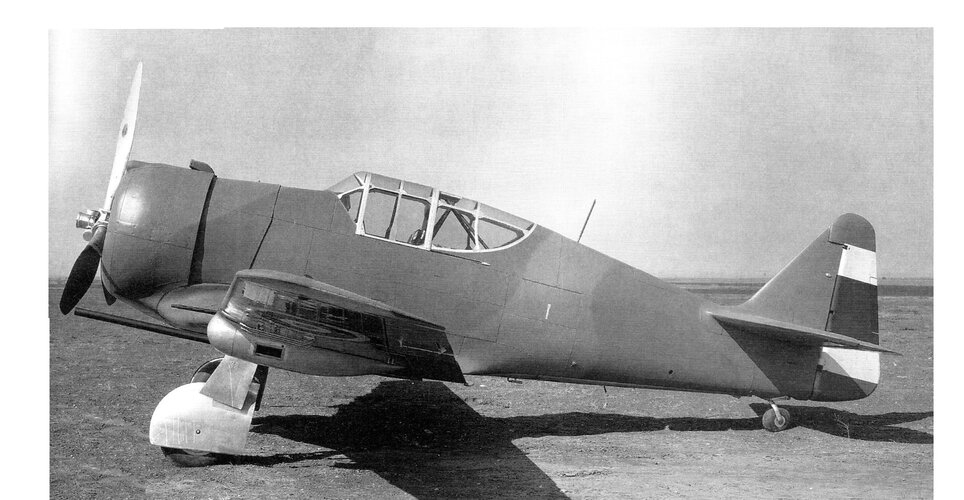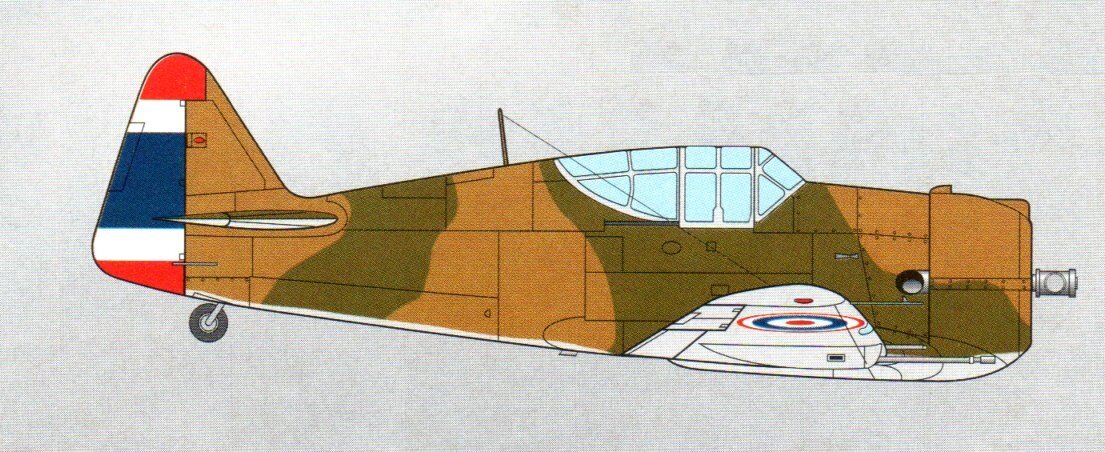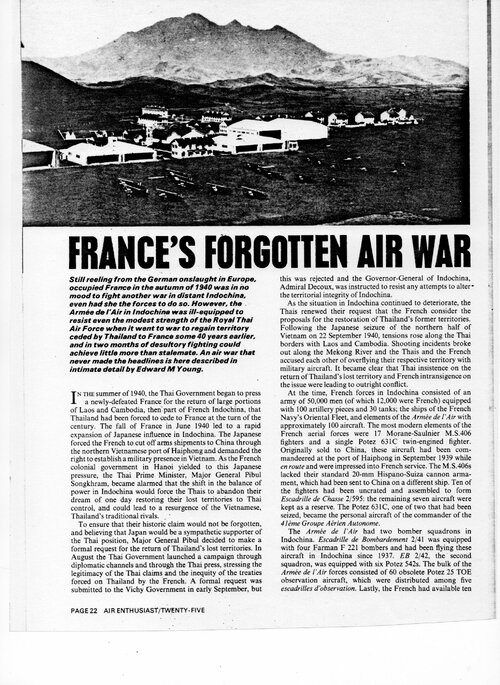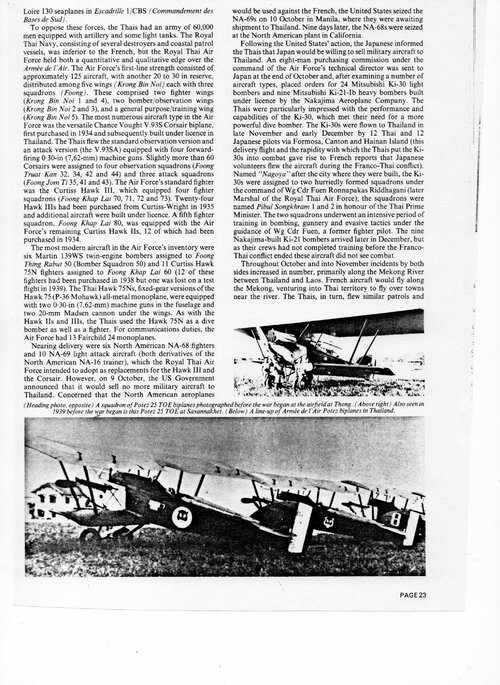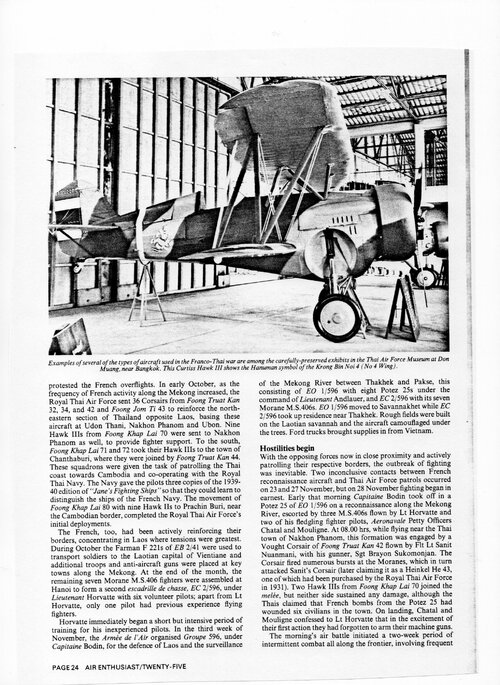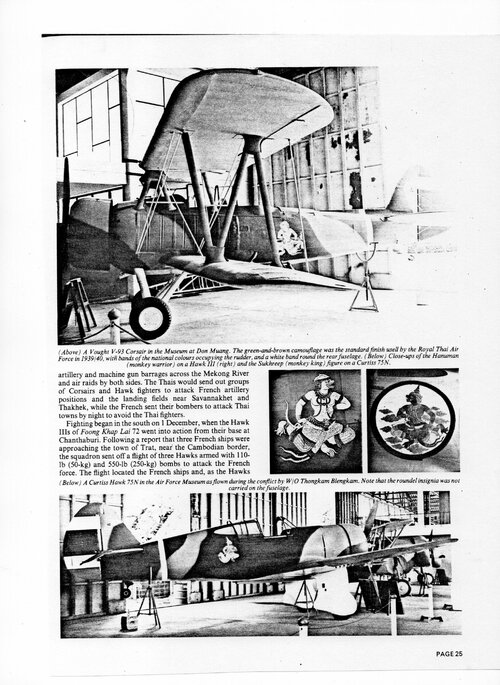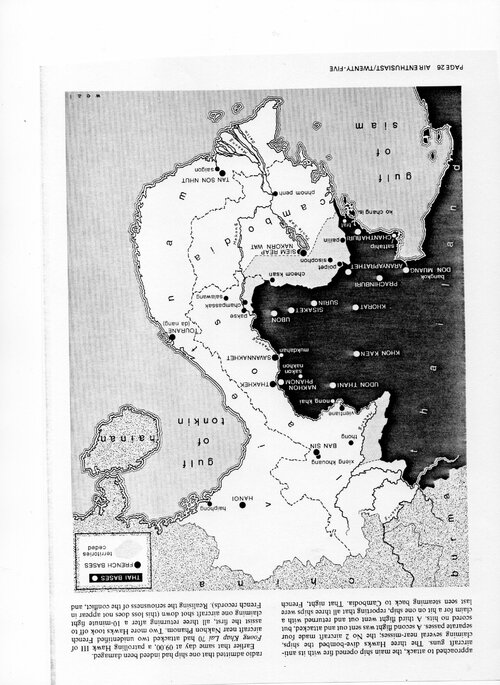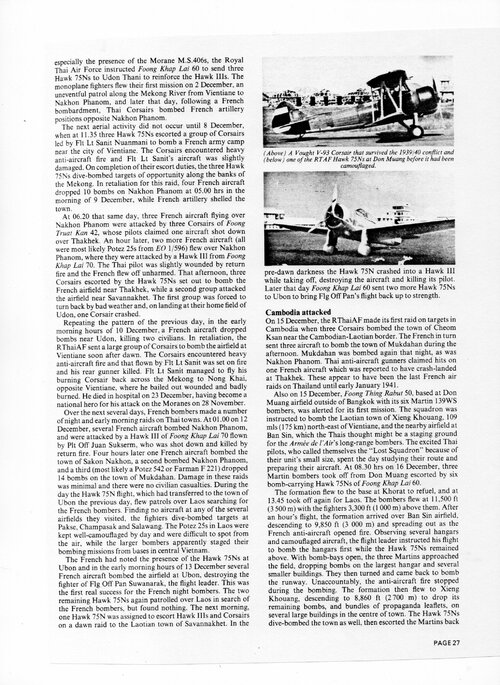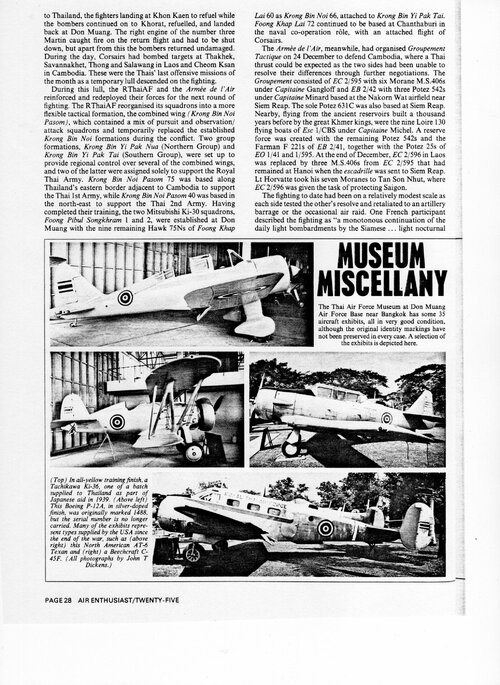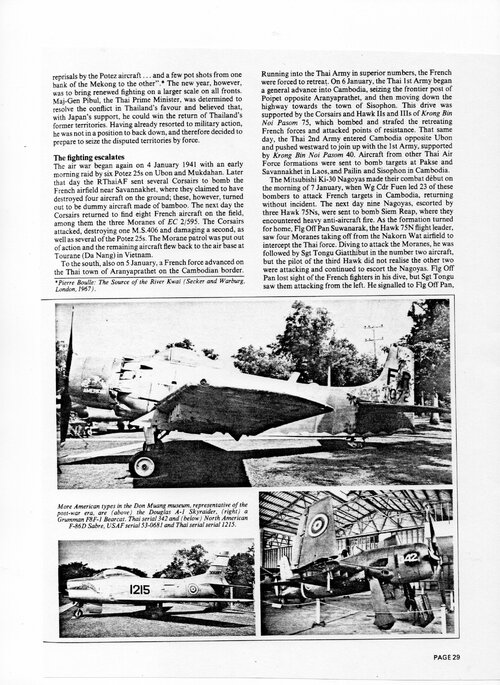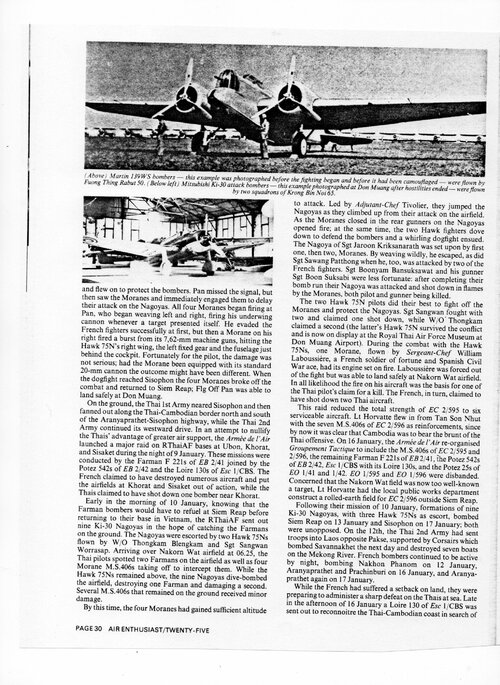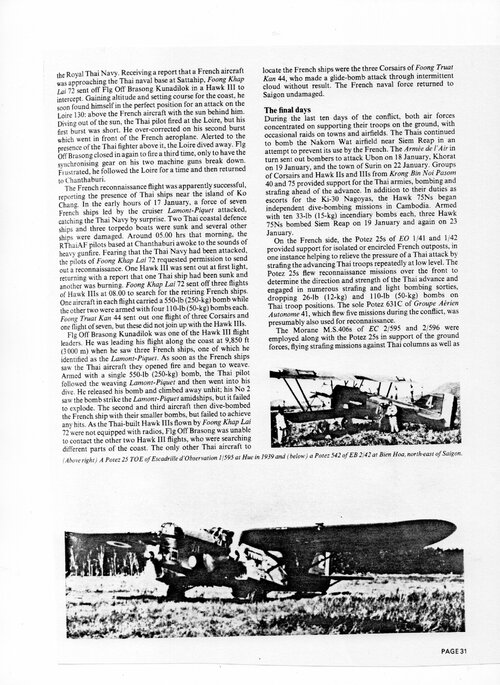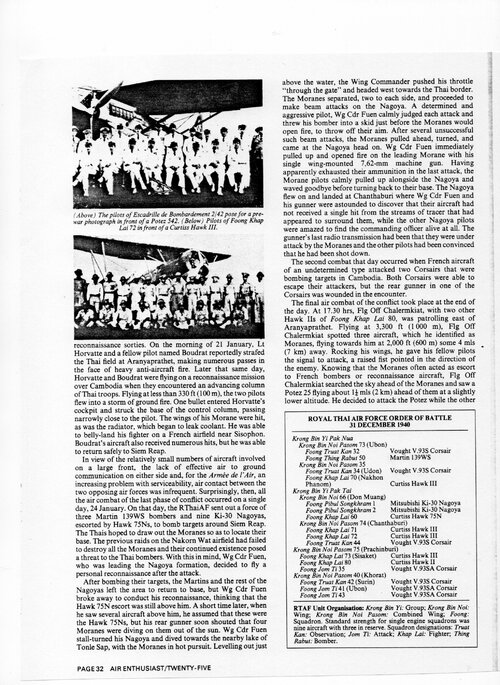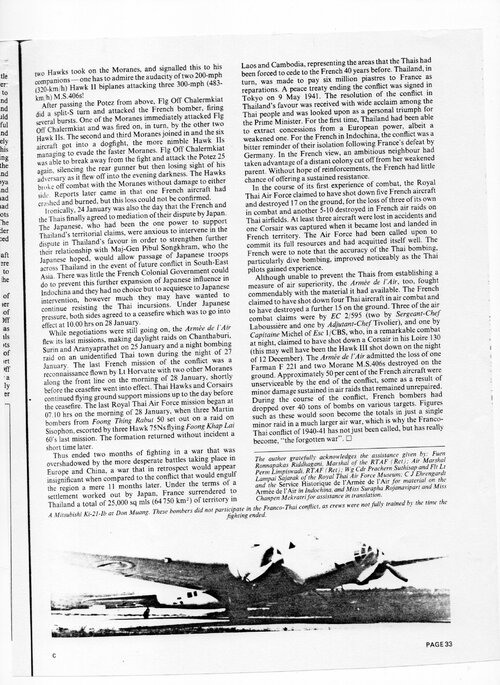Royal Thai Air Force for modelers
Coinciding with the attack on Pearl Harbour, 100,000 troops of the Imperial Japanese Army crossed the border into Thailand from newly acquired bases in southern Indo-China.
The 15th Army needed to pass over the Bangkok plain to attack Burma and the 25th Army had to attack Malaya via the Kra peninsula. The invasion was supported by five IJA sentais with eighty-four Ki.27b, three sentais with fifty-nine Ki.43-Ia and one Chutai with nine Ki.44 fighters.
The Thai defence was formed by five fighter squadrons with twelve Curtiss Hawk II (301 kph), forty-two Curtiss Hawk III (387 kph) and nine Curtiss Hawk 75N (450 kph) that were neutralized almost without any fight. In a first Japanese attack, three of the Hawk 75N were destroyed by strafing. The fighting ceased at noon of 8 December 1940, when orders for an armistice to be arranged were received. A treaty of friendship with Japan was signed on 21 December 1940.
The entering service of new models of fighter monoplanes, during the second half of the thirties, required the re-training of many pilots who were not familiar with the use of the retractable undercarriage. This huge demand was answered by the North American firm in 1937 with the creation of the NA-26 model, a version of the NA-16 1935 trainer equipped with retractable landing gear.
The plane was a worldwide success and thousands of units were manufactured. The availability of many airframes and spares encouraged the manufacturer to design the NA-50, a low-cost light fighter based on the NA-26. The NA-50 could be sold for export to the air forces of smaller nations in need of faster fighters to combat against the new bombers Bristol Blenheim, Heinkel He 111 and Mitsubishi Ki.21 that were entering service.
These countries could not acquire such sophisticated bombers, but they needed fast and cheap attack airplanes. To meet both requirements, North American built seven units of the NA-50A, a small single seat fighter for the Peruvian Air Force, in 1938. And in 1939, they built six units of the NA-68, a more sophisticated version with 23 mm cannons, for the Royal Thai Air Force.
On July 1940 the NA-68 fighters were in route to Thailand when their export clearance was cancelled and seized by the U.S. authorities in Hawaii. The cancellation was caused by the news that Thailand had acquired twenty-four Mitsubishi Ki.30 attack bombers and nine Mistsubishi Ki.21 medium bombers to Japan, to attack the French forces in Indo-China.
On 1941 the NA-68 was re-designated P-64 and delivered to the USAAC, for use as an advanced trainer at Santa Ana and Luke Field airbases.
Technical Data
Wingspan: 11.38 m, length: 8.51 m, height: 3.63 m, wing area: 21.13 sq.m, maximum weight: 2,713 kg, maximum speed: 452 kph, range: 1,140 km, power plant: one 875 hp Wright Cyclone R-1820-77 air-cooled radial engine, armament: two 8 mm Colt machine guns in the cowl and two 23 mm Madsen cannons in underwing nacelles.
The attack version of the NA-26 advanced trainer, designed in 1937 for export purposes.
On November 1939, ten units were ordered by Thailand, on October 1940 were seized by American authorities and impressed into USAAC service under the designation
A-27. The aircraft were sent to the Philippines, where they were attached to the 24th Pursuit Group, operating together with the P-35A of the 17Sqn, as second line emergency fighters, between December 1941 and March 1942.
Technical Data
Wingspan: 12.8 m, length: 8.84 m, height: 3.71 m, wing area: 23 sq.m, maximum weight: 3,035 kg, maximum speed: 402 kph, range: 1,300 km, power plant: one 775 hp Wright R-1820-F52 air-cooled radial engine, armament: two 0.30 in machine guns in the cowl and one flexible 0.30 in machine gun in the rear cockpit.
Books
Bowers, P., The Curtiss Hawk 75 Profile Number 80.
Bowers, P., The Curtiss Navy Hawks, Profile Number 116.
Bowers, P., The Boeing P-12E, Profile Number 2.
Beauchamp, G., Curtiss Hawk 75, DOCAVIA Nº 22, Editions Lariviére, 1985.
Young, E., A History of Aviation in Thailand, Smithsonian Institution Press, 1995.
Publications
Kadari, Y.,”Royal Thai Air Force”, Aérojournal Nº59, 2017.
Guttman, R., “Aerial Oddities”, Aviation History, March 2000.
Pelletier, A., “North American P-64”, Le Fanatique de l’Aviation Nº 339, 1998.
Gwynn, T., “Forgotten Air War Over Indochina”, Aviation History, September 2000.
Wixey, E., “Hawk Dynasty”, Air Enthusiast/September-October 1997.
Coinciding with the attack on Pearl Harbour, 100,000 troops of the Imperial Japanese Army crossed the border into Thailand from newly acquired bases in southern Indo-China.
The 15th Army needed to pass over the Bangkok plain to attack Burma and the 25th Army had to attack Malaya via the Kra peninsula. The invasion was supported by five IJA sentais with eighty-four Ki.27b, three sentais with fifty-nine Ki.43-Ia and one Chutai with nine Ki.44 fighters.
The Thai defence was formed by five fighter squadrons with twelve Curtiss Hawk II (301 kph), forty-two Curtiss Hawk III (387 kph) and nine Curtiss Hawk 75N (450 kph) that were neutralized almost without any fight. In a first Japanese attack, three of the Hawk 75N were destroyed by strafing. The fighting ceased at noon of 8 December 1940, when orders for an armistice to be arranged were received. A treaty of friendship with Japan was signed on 21 December 1940.
The entering service of new models of fighter monoplanes, during the second half of the thirties, required the re-training of many pilots who were not familiar with the use of the retractable undercarriage. This huge demand was answered by the North American firm in 1937 with the creation of the NA-26 model, a version of the NA-16 1935 trainer equipped with retractable landing gear.
The plane was a worldwide success and thousands of units were manufactured. The availability of many airframes and spares encouraged the manufacturer to design the NA-50, a low-cost light fighter based on the NA-26. The NA-50 could be sold for export to the air forces of smaller nations in need of faster fighters to combat against the new bombers Bristol Blenheim, Heinkel He 111 and Mitsubishi Ki.21 that were entering service.
These countries could not acquire such sophisticated bombers, but they needed fast and cheap attack airplanes. To meet both requirements, North American built seven units of the NA-50A, a small single seat fighter for the Peruvian Air Force, in 1938. And in 1939, they built six units of the NA-68, a more sophisticated version with 23 mm cannons, for the Royal Thai Air Force.
On July 1940 the NA-68 fighters were in route to Thailand when their export clearance was cancelled and seized by the U.S. authorities in Hawaii. The cancellation was caused by the news that Thailand had acquired twenty-four Mitsubishi Ki.30 attack bombers and nine Mistsubishi Ki.21 medium bombers to Japan, to attack the French forces in Indo-China.
On 1941 the NA-68 was re-designated P-64 and delivered to the USAAC, for use as an advanced trainer at Santa Ana and Luke Field airbases.
Technical Data
Wingspan: 11.38 m, length: 8.51 m, height: 3.63 m, wing area: 21.13 sq.m, maximum weight: 2,713 kg, maximum speed: 452 kph, range: 1,140 km, power plant: one 875 hp Wright Cyclone R-1820-77 air-cooled radial engine, armament: two 8 mm Colt machine guns in the cowl and two 23 mm Madsen cannons in underwing nacelles.
North American NA-69
The attack version of the NA-26 advanced trainer, designed in 1937 for export purposes.
On November 1939, ten units were ordered by Thailand, on October 1940 were seized by American authorities and impressed into USAAC service under the designation
A-27. The aircraft were sent to the Philippines, where they were attached to the 24th Pursuit Group, operating together with the P-35A of the 17Sqn, as second line emergency fighters, between December 1941 and March 1942.
Technical Data
Wingspan: 12.8 m, length: 8.84 m, height: 3.71 m, wing area: 23 sq.m, maximum weight: 3,035 kg, maximum speed: 402 kph, range: 1,300 km, power plant: one 775 hp Wright R-1820-F52 air-cooled radial engine, armament: two 0.30 in machine guns in the cowl and one flexible 0.30 in machine gun in the rear cockpit.
Bibliography
Books
Bowers, P., The Curtiss Hawk 75 Profile Number 80.
Bowers, P., The Curtiss Navy Hawks, Profile Number 116.
Bowers, P., The Boeing P-12E, Profile Number 2.
Beauchamp, G., Curtiss Hawk 75, DOCAVIA Nº 22, Editions Lariviére, 1985.
Young, E., A History of Aviation in Thailand, Smithsonian Institution Press, 1995.
Publications
Kadari, Y.,”Royal Thai Air Force”, Aérojournal Nº59, 2017.
Guttman, R., “Aerial Oddities”, Aviation History, March 2000.
Pelletier, A., “North American P-64”, Le Fanatique de l’Aviation Nº 339, 1998.
Gwynn, T., “Forgotten Air War Over Indochina”, Aviation History, September 2000.
Wixey, E., “Hawk Dynasty”, Air Enthusiast/September-October 1997.

